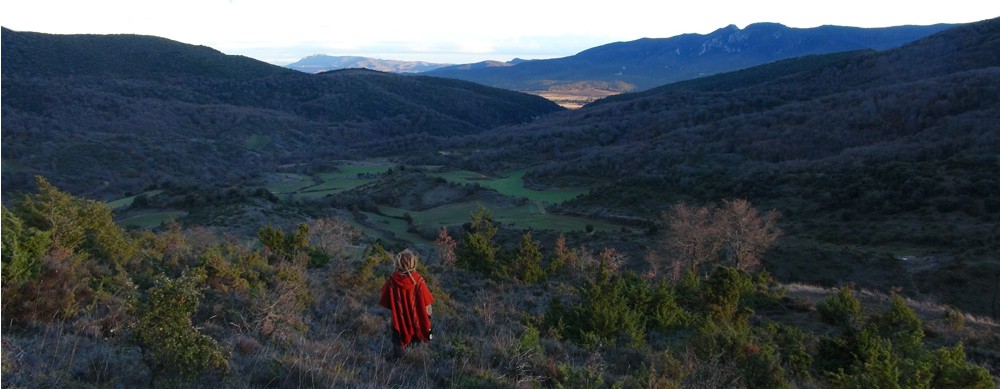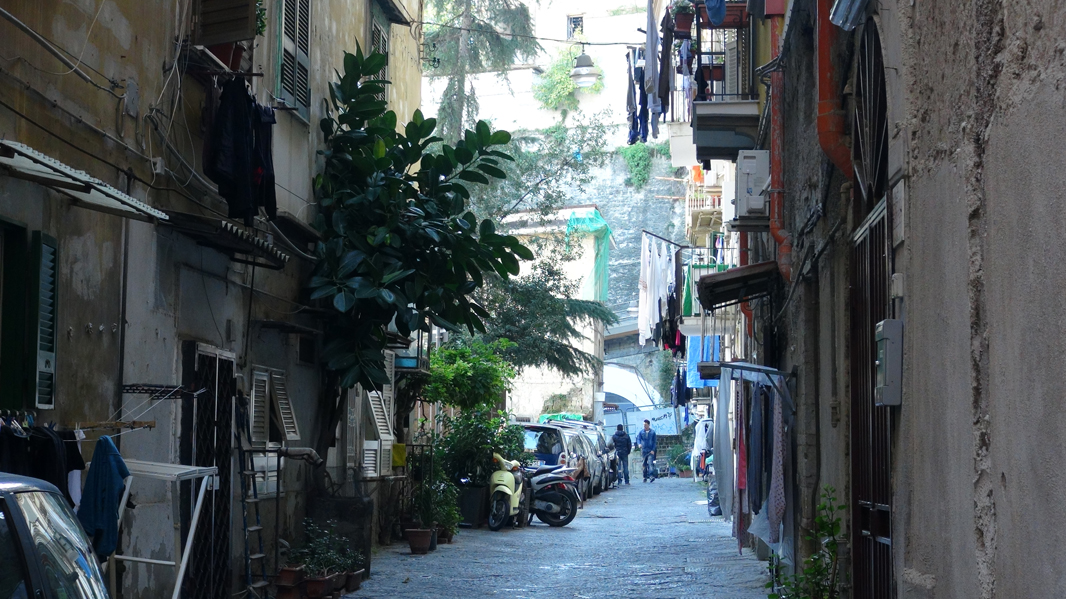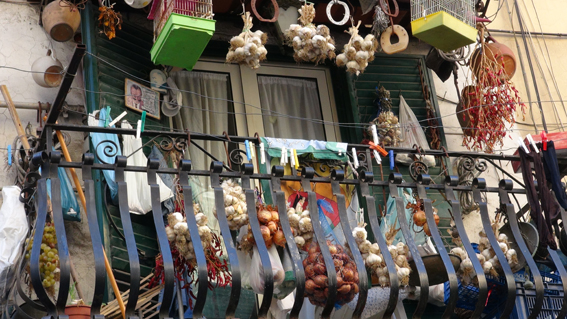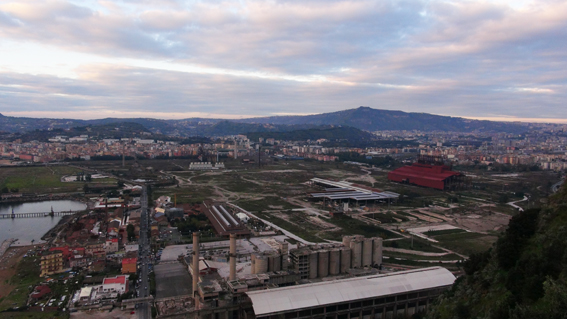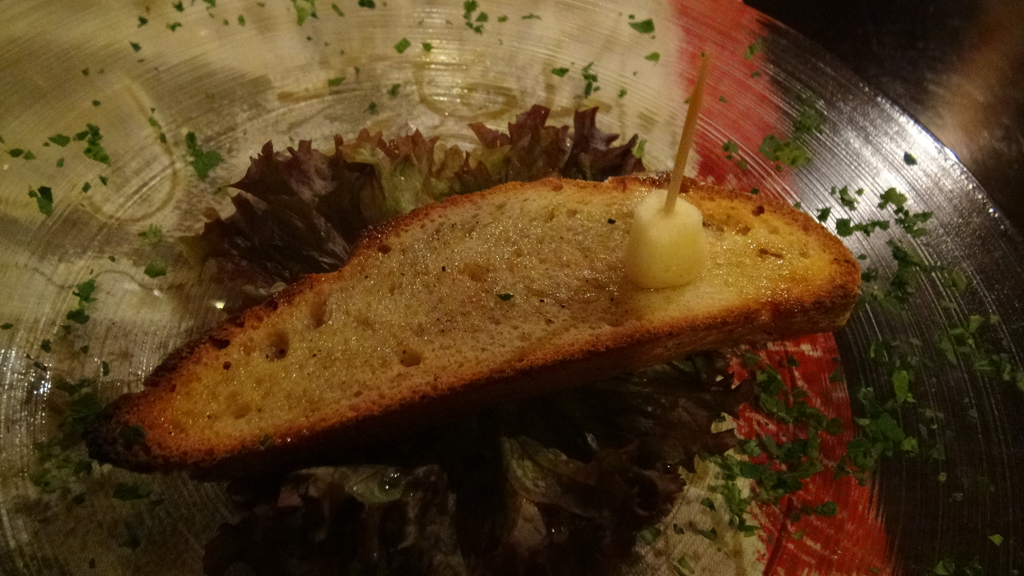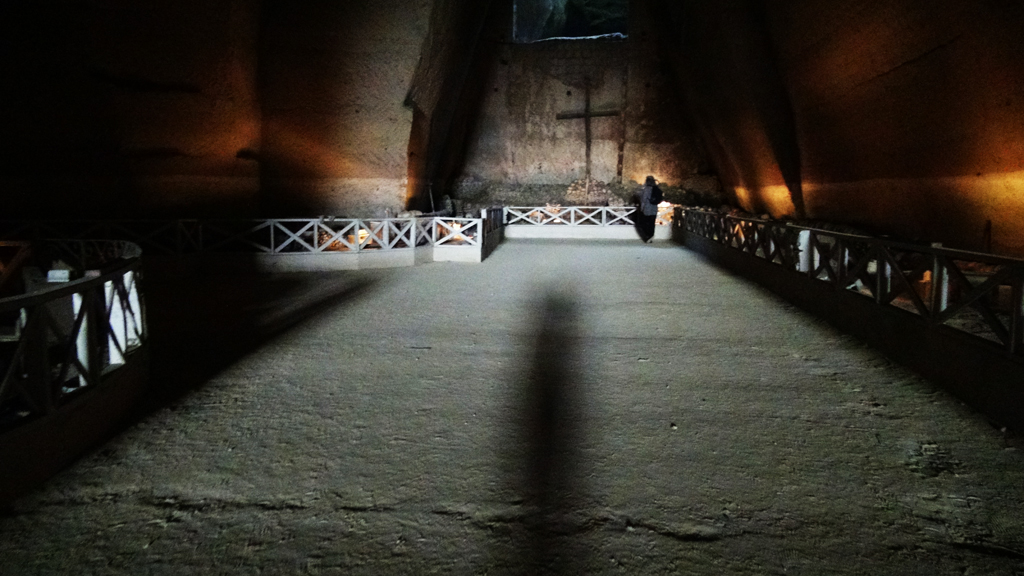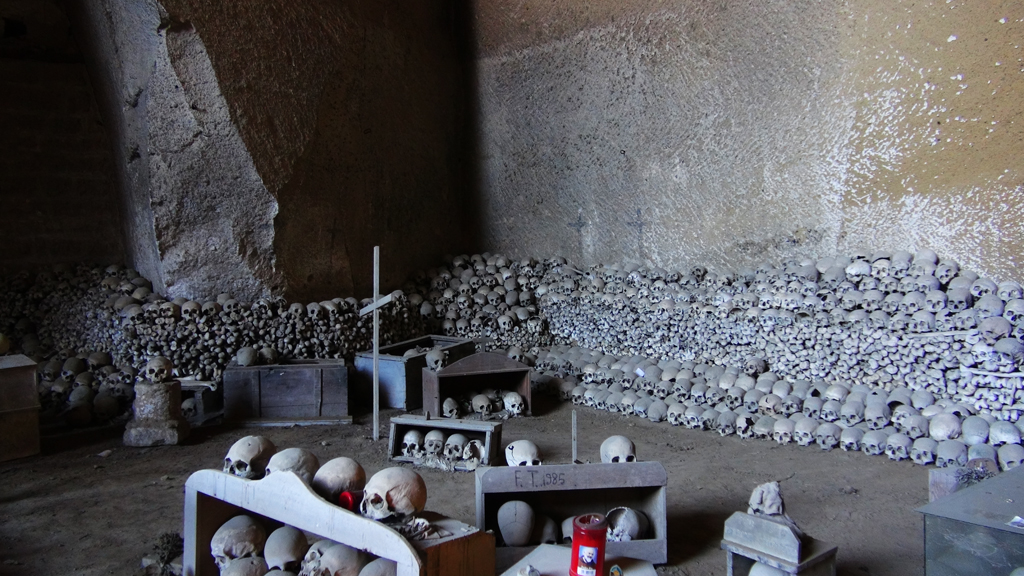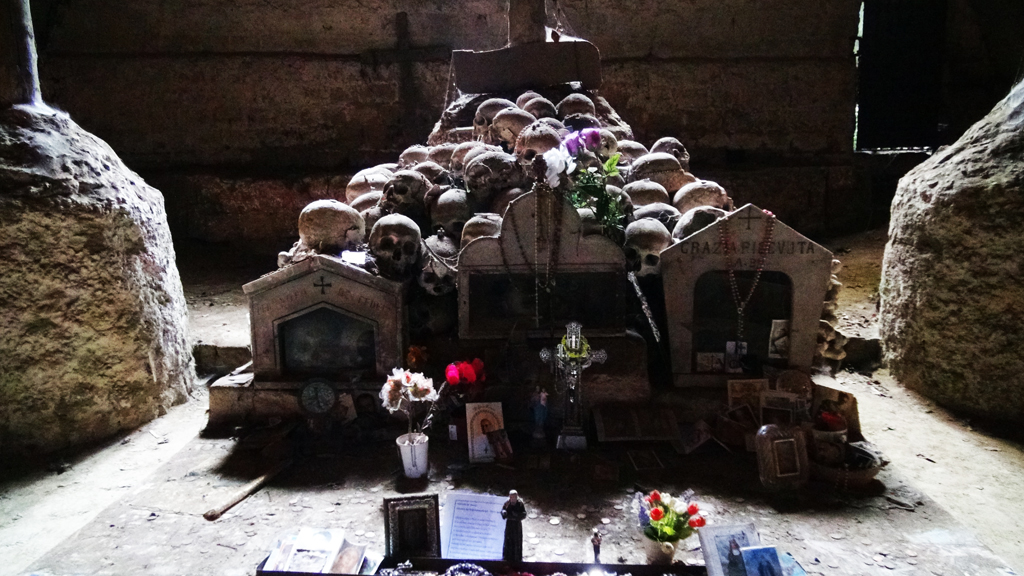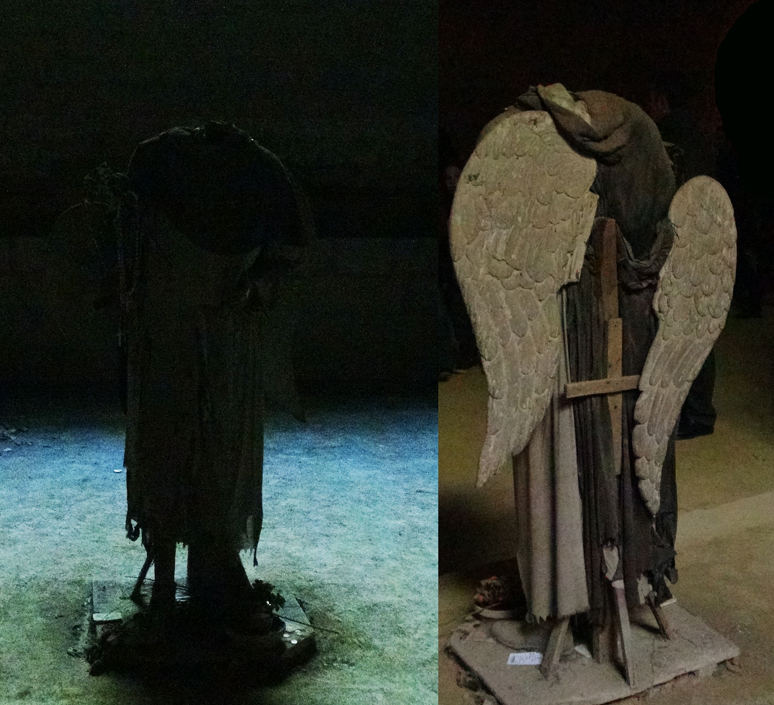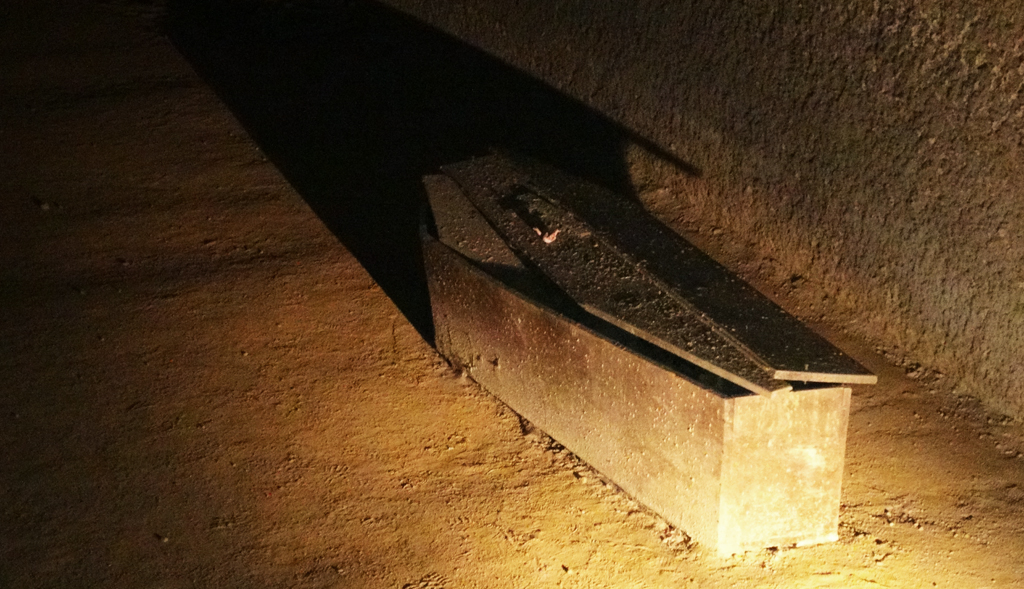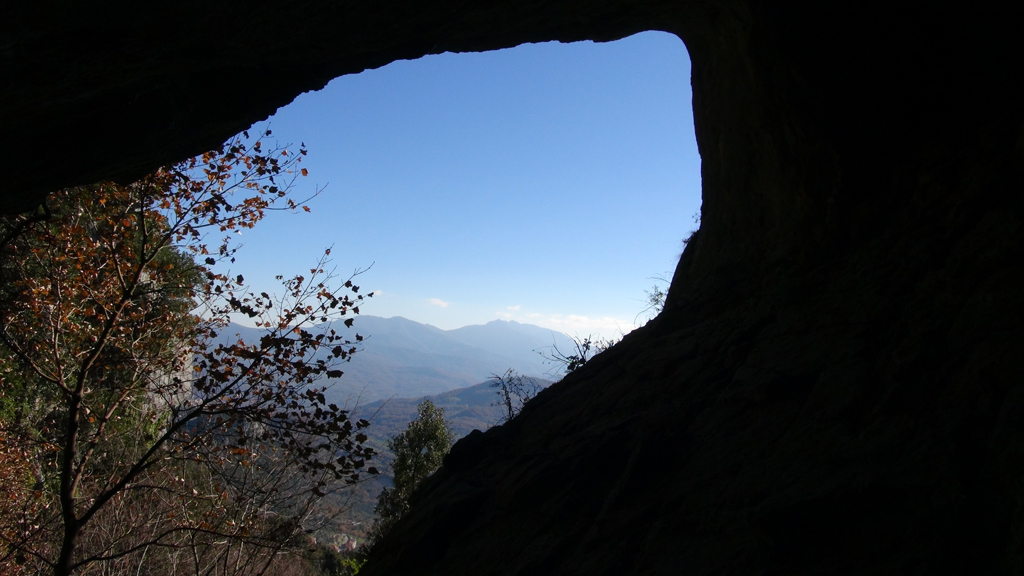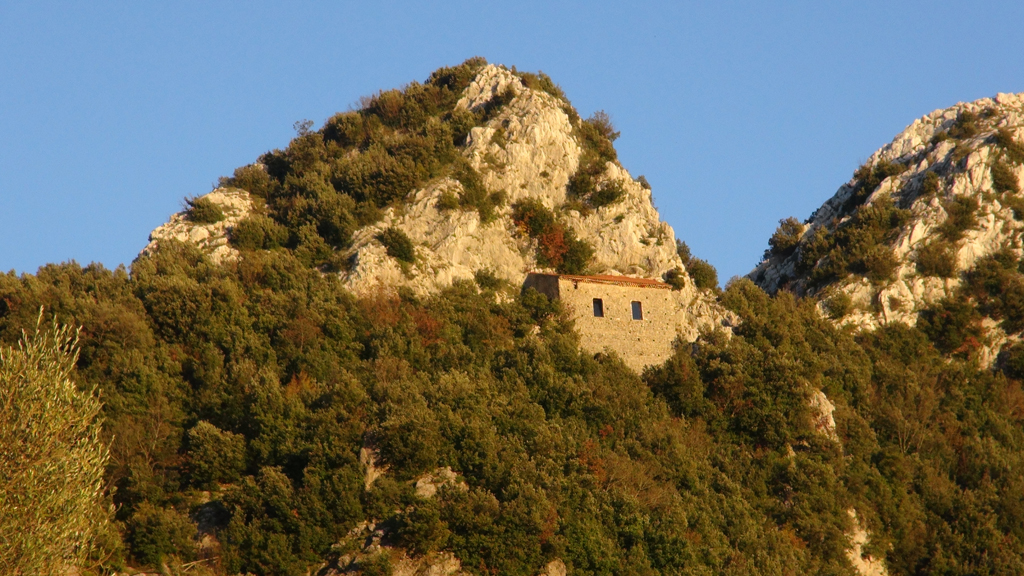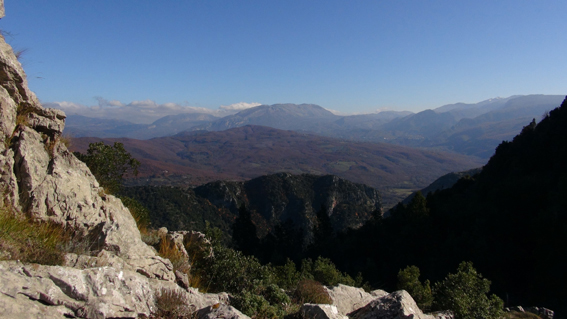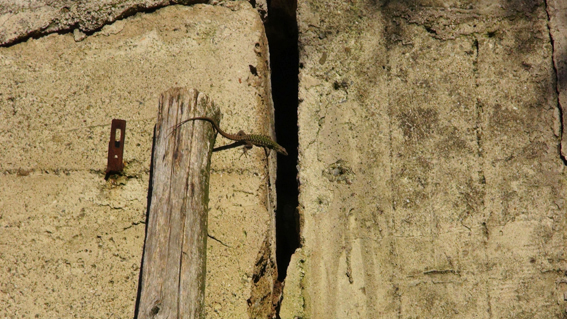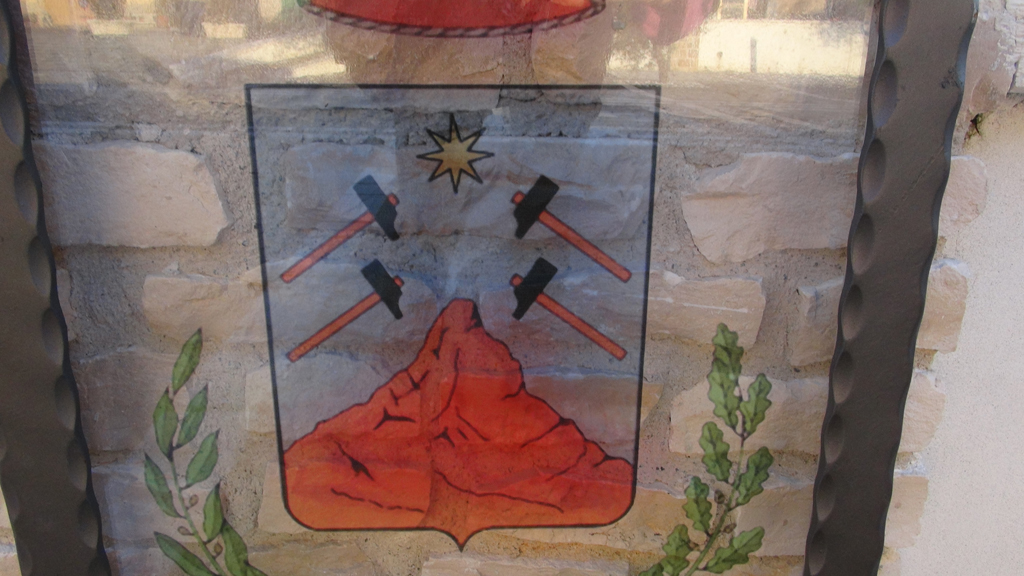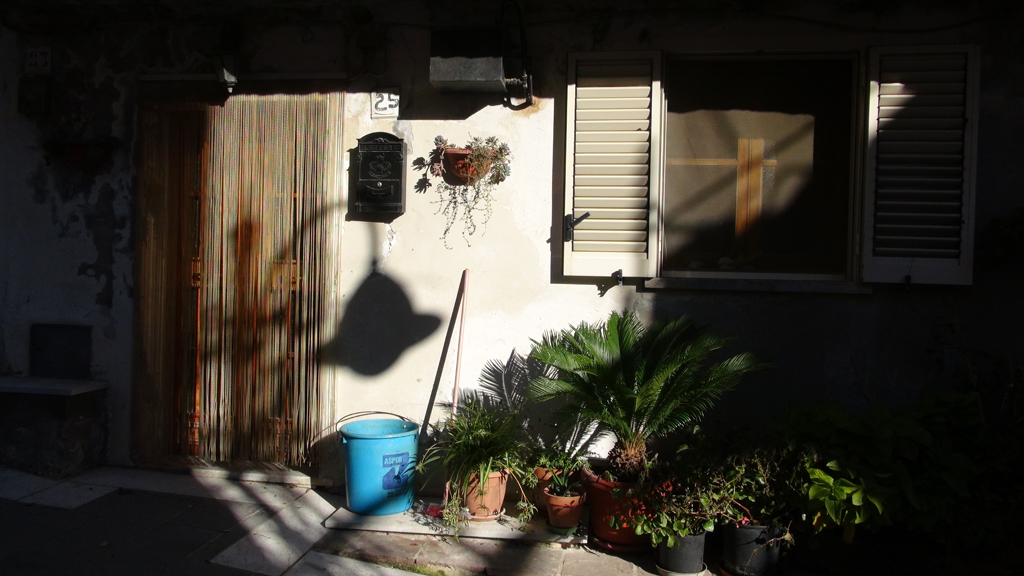The old house in Gorga from Daniela Gast on Vimeo.
Archiv der Kategorie: Italy
“See Naples and Die”
“See Naples and Die”
The above quote, usually credited to Goethe, may sound ominous but it really means: you must see the city of Naples before you die. This we can say we have achieved and we are still alive. The following are a few points about this truly great city of the south.
Up until the nineteenth century Naples was the third largest city in Europe rivalling Paris and London and its opulence and grandeur was legendary. As a result Naples’ old town is both vast and impressive: a maze of narrow streets castles, palaces, universities (Naples is home to the first university in Europe) and cathedrals pressed between the mountains and the sea. Castle Novou the stronghold of Naples medieval conquerors captivated me as the most impressive castle I’ve seen in Europe so far. The Galleria Umberto where a huge decorated glass ceiling high above the ground, covers streets, which run between the detailed facades of the stone buildings really took our breath away. I also loved the Villa Donn’Anna as its yellow crumbling half ruined stone archways and terraces rise from the edge of the sea and beautifully reflect the light of the setting sun (unfortunately we do not have photos of these sights because our Neapolitan friends insisted that we did not bring the camera on our night time walk for fear of Naples infamous thieves, a decision we regret.) There is also something undeniably enchanting about the narrow, yellow streets thronged with people, the balconies filled with hanging washing and goods for sale – Naples is a city to enjoy getting lost in, and its pizza and ice-cream are famous.
Naples also has a well preserved fascist quarter. Fascism remained popular in Naples up until the allied liberation of Italy (and according to our friends) many Neapolitans look back on the fascist period as a good time for Italy and recruits from southern Italy form much of the country’s police force. The most prominent of these fascist buildings, which were built after demolishing the previous neo classical architecture, is the post office, an imposing structure of black stone, adorned with a plaque commemorating Naples’ fascist legacy. The fist two metres of the building are covered thickly with multicoloured graffiti, creating the impression the council would be embarrassed to clean it away. The bleak stone buildings and large open spaces of the fascist quarter stand out among the tightly packed buildings of the old town and it is well worth a visit.
In the evening of our first day in Naples we walked to the top of the Hill of Posillipo, a high headland jutting into the ocean just north of the city centre, the aptly named Park of Remembrance. From here you can look south and see the city stretching before you to the edge of mount Vesuvius. You can look east into the glittering Mediterranean and the rocky islands of the coast, but if you look north you will see a vast industrial wasteland, huge factories, warehouses and cooling ponds.
The industrial area was decommissioned in the seventies and the clean up jobs were contracted to the Camorra (the infamous Neapolitan mafia) who embezzled the money from the government contracts and never cleaned up the sight, which remains a bleak toxic wasteland. The issue is still very much alive as there is a museum of science close to the industrial sight. A suspicious fire destroyed half of the museum last year, and the incident is widely believed to be arson perpetrated by the Camorra who were unhappy with the investigation of students working there. Naples is a city of layers, contradictions and beauty. We saw Naples and lived.
A note on Italian food
Italy is famous for food, and indeed many English words referring to food come from Italian. Pizza and pasta of course, but there are also others you may not be aware of, such as broccoli, zucchini, biscuit and sultana. From my experience of Neapolitan culture Italians are extremely proud of their cuisine. The following are a few points that stood out for me about Italian food.
Breakfast: Italians do not, generally speaking, have breakfast, an espresso and a biscuit being the standard morning fare. Because we were doing pretty hard farm work in the morning and lunch was not served until at least midday, this was a major problem for us, and one morning Daniela nearly collapsed from the need of morning sustenance. I revived her with a mushy persimmon from a nearby tree. In the end we had toasted bread with freshly squeezed olive oil every morning, and the attitude of our hosts toward our “Anglo/German” breakfast boarded on hostility.
Pasta: The notion that Italians like pasta is certainly true. With a few notable exceptions we ate carb-heavy pasta dishes for both lunch and dinner (wild boar and tomato was my favourite). The specific shape of the pasta went with specific sauces and it was important to our hosts that you did not put the wrong shape of pasta with the wrong sauce. On a visit to the village shop we were amazed to discover that the tiny village grocer supplied roughly thirty or so different shapes of packaged pasta, ranging from rice shaped ones to two-foot long hollow logs. The shop stocked very little else.
Coriander: Italians appear to have an unconditional hatred of coriander. I would like to emphasise that this is not an isolated case but applied to all the Italians I surveyed on the issue, including a few northerners. They all expressed their disgust at the idea of eating the lush herb in the strongest terms, frequently likening its flavour to vomit. On the other hand they didn’t mind the taste of illegal worm filled cheese. When I innocently suggested sneaking some coriander into the pasta our hosts reacted as if I had suggested lacing it with arsenic. Given that coriander has a mild and delectable flavour, I can only conclude that the Italian reaction to the herb is linked to a kind of food patriotism in which Italian cuisine is flavoured with parsley and basil, and coriander represents a threat to their culinary identity.
Mozzarella Cheese: To me, being from New Zealand, Mozzarella was a yellow cheese you bought pre-grated and put on pizzas; in fact true Mozzarella is unsuitable for cooking. True Mozzarella is a very mild rubbery white cheese made from the milk of a water buffalo and squeezed by hand into huge balls. It is bought fresh and consumed immediately and raw, eaten like a steak or a large hunk of chewy tofu. If cooked it becomes almost too rubbery to eat. It is without doubt extremely good and I hope one day to try it seasoned with a bit of chopped coriander.
Garlic Bread: When we were in Rome Daniela ordered garlic bread at an authentic restaurant. When the appetiser arrived we were surprised to observe that it consisted of a piece of bread accompanied by a clove of garlic on a toothpick.
Pizza: Naples claims the title of the city from which Pizza originated, and the Pizzas there are, to be sure, very good and very juicy. According to the Neapolitans, with which we dined, the true and original pizza is the marinara, consisting simply of the crust, tomato, garlic and oregano (no cheese). It is also acceptable to order the famous margarita, which is more or less the same as the marinara except that it has mozzarella cheese (although its not real mozzarella cheese because it’s made from a cow not a buffalo to allow it to be cookable). Apparently all pizzas in the old time were marinara but when the queen, Margarita, wanted a pizza with her favourite cheese she thus created the pizza that bears her name. As mouth watering as these classics are, and we waited a long time for them, I like my Pizzas with something a little bit more. Discouraged by the horror of my Neapolitan friends we decided not to get the “Fantasia.” We did, however, get a pizza with mushrooms and this was perceived by the Neapolitans to be a gross extravagance, almost as bad as having breakfast.
Naples‘ Necropolis
The cemetery of Delle Fontanelle is one of the spookiest yet fantastic places we visited so far. In a cave under a hill in the district of Rione Sanita in Naples are the preserved bones of fourty thousand souls – a true city of the dead. As we drew near to the sight we walked down some old stone steps and onto a road leading through a steep rocky gully, “the valley of the dead”. The houses here seemed old and decayed, grasses and climbing vines protruded from the crumbling walls and the houses that were occupied had gardens and animals almost as if we had stepped into the ancient villages like those where we lived in Cilento. We followed the road up, past an ornate church, and toward an overgrown hill until we came to a huge natural cave that opened up into the cliff face to our left. There was a security guard at the gate but it was free to enter.
Inside it was cool, quiet and gloomy, arranged in rows columns and piles were the bones and sculls. The cave was a large complex lit with the faint natural light coming from holes in the rock, and the bones of the dead seemed to go on forever.
There was something disconcerting about the casualness with which the bones were stacked scull upon scull. But some were adorned with flowers or kept in glass boxes, while others were mummified.
Sculls were piled around statues of saints, crucifixes and headless angles. The place was macabre, beautiful, and oddly calming.
The cave had for centuries been a kind of open cemetery for the poor, “the indignant dead.” The cemetery acquired its first mass of bodies during the black plague in the seventeenth century, and its last during the cholera epidemics of 1837. Later in the nineteenth century, after Father Gaetano Barbati had the necropolis catalogued and organized, a cult devotion to the “indignant dead” sprang up in Naples. People cleaned the bones, presented them with flowers, beads, ornaments and candles, honouring those who had had no honour in life. The Catholic Church, which viewed it as a fetishistic cult, banned the practice, and in 1969 the cemetery was closed. It has only recently been reopened to visitors after large public protests.
The Setting
The area around Cilento National Park, where we lived during the month of November, is a rocky, mountainous and forested region just south of Naples. Stunted lichen covered pines, slender birches, and bushy silver-leaved evergreen oaks cling to the rocky outcrops while Chestnut and olive groves patchwork the gentler slopes. Little black scorpions and iridescent green lizards run over rocks and drip off the walls. Black kites circle in the sky, looking for carrion, while flocks of goats and herds of mountain cattle graze on dry tussocky grasses, the sound of their bells are clear in this sleepy land. At night the forests and fields belong to the wild boars that tear up the ground with their tusks in search of food, while silent foxes seek out sleeping chickens.
Half collapsing roads, filled with potholes, connect the ancient half abandoned villages that dot the land. Built with the same rock as the mountains, and with faded terracotta roofs, they seem to merge organically with the hillsides and mountaintops on which they’re perched. Many of the villages are fortified with crumbling walls adorned with arrow slits and rifle holes, a reminder of the invading armies that passed through: the Normans, the Spanish, the French, the Italians. Now the walls are overgrown and the wars, forgotten. The village streets are narrow, and one I observed in Gioi was only wide enough for one person to pass. Each village has a fountain and the water gushes from the head’s of gargoyles, lions or cherubs into stone basins. At the top of the steepest mountains are caves going deep into the hillside. In the old time mystics and bandits inhabited these caves, then chapels were eventually built around them, now tourists visit them occasionally and plastic flowers adorn their shrines.
